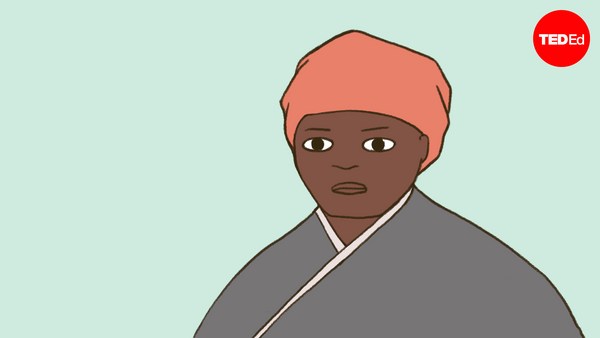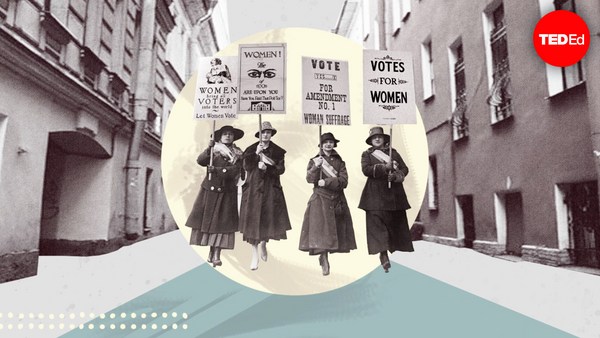In 1944, 11 years before her fateful decision on a Montgomery Bus, Rosa Parks was investigating a vicious crime. As an emissary for the National Association for the Advancement of Colored People, she had traveled to rural Alabama to meet with Recy Taylor, a young woman who had been sexually assaulted by six white men. It would be difficult enough to convince an Alabama court that even one of these men was guilty, but Rosa was undeterred. She formed a committee to defend Recy in court, flooding the media with testimony and sparking protests throughout the South. When a jury failed to indict the attackers, Parks demanded the governor assemble a new grand jury. She wrote, “I know that you will not fail to let the people of Alabama know that there is equal justice for all of our citizens.”
Throughout her life, Parks repeatedly challenged racial violence and the prejudiced systems protecting its perpetrators. But this work came at an enormous risk— and a personal price.
Born in 1913, Rosa was raised by her mother and grandparents in rural Alabama. But outside this loving home, the fear of racial violence cast a long shadow. The Ku Klux Klan frequently drove past their home, and Jim Crow laws segregated public spaces. At 19 she settled in Montgomery and married Raymond Parks, a barber who shared her growing fury at racial injustice. He was involved with the local chapter of the NAACP; a role many avoided for fear of persecution.
At first Raymond was eager to keep Rosa safe from the potential dangers of activism. But as she grew more incensed at the limitations imposed on African Americans, she could no longer stand by. When she officially joined the NAACP in 1943, Parks and Johnnie Rebecca Carr were the only women in the Montgomery chapter. She began keeping minutes for their meetings, and soon found herself elected secretary of the chapter— formally beginning her secret double life.
By day, Rosa worked as a seamstress to support her mother and husband. By night, she researched and documented numerous civil rights cases, from local policy disputes to high-profile murder cases and hate crimes. As secretary, she prepared public responses on behalf of the Montgomery chapter, battling the harsh sentencing, false accusation and smear campaigns frequently used against African Americans. In addition to her legal work, Parks was a brilliant local strategist. As advisor to the NAACP youth group council, she helped young people navigate segregated systems including voter registration and whites-only libraries. Through the cover of the NAACP, Parks strived to bring clandestine civil rights activities into the open. She advocated for civil disobedience training and spoke out against racial violence, particularly the murder of Emmet Till.
In 1955, her refusal to move to the back of a segregated bus helped ignite the grassroots movement she had hoped for. Parks was arrested and jailed for her one-woman protest, where she was visited by local activists. Together they planned a twenty-four hour bus boycott. It lasted for three hundred and eighty-one days.
Park’s simple act had transformed nascent civil rights activism into a national movement. In 1956, the boycott ended when the Supreme Court ruled in favor of desegregating public transport. But this victory for the movement had come at a great cost. Rosa had been receiving vicious death threats throughout the campaign, and was unable to find work in Montgomery because of her political reputation.
In 1957, she moved to Detroit to continue working as a seamstress, until being hired by Congressman John Conyers to help support his burgeoning civil rights campaigns. Ever vigilant in the fight against racial inequality, Parks remained active for the next 40 years. She wrote several books, traveled across the country giving talks to support other activists, and established an institute for the education of young people in her late husband’s memory. Today, Rosa Parks is remembered as a radical spirit who railed against the most powerful people and policies. Her call to action continues to resound: “knowing what must be done does away with fear.”


